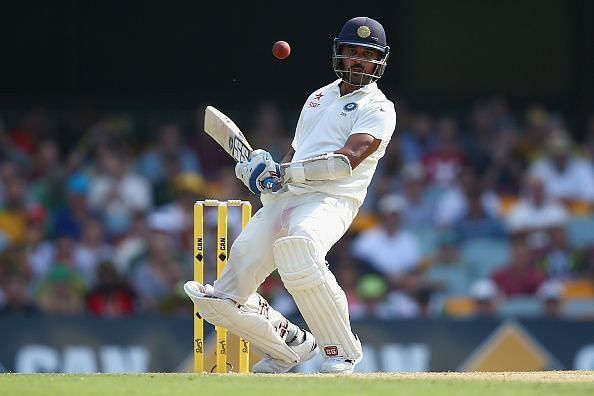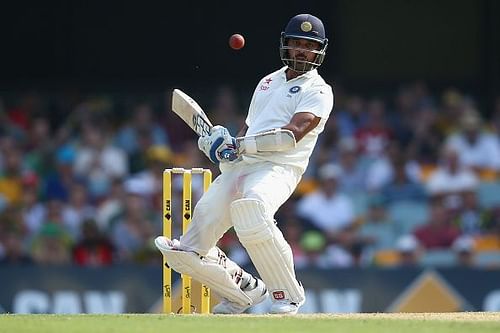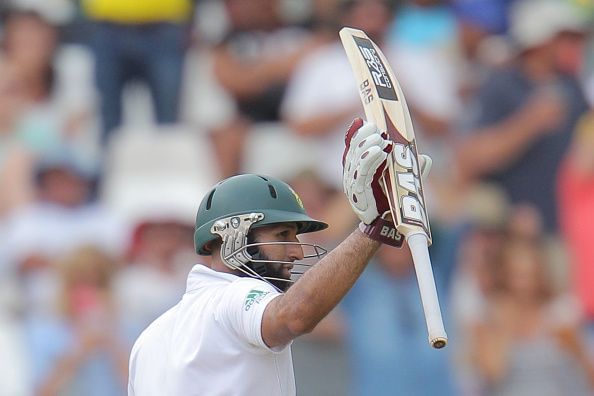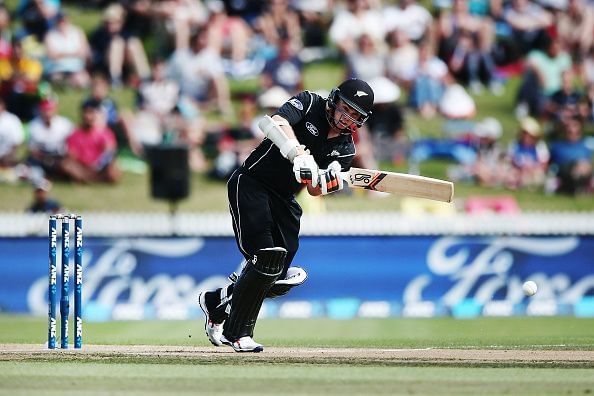
Murali Vijay and Hashim Amla: Mozarts in a Metallica concert

There are monsters and there are monks. There is something unparalleled about the latter. Their hunger to bat. Their desire to dig in and soothingly leave the ball outside their off stump. Their first instinct isn't to blast the leather off the ball, but instead to get the feel of it gently. Murali Vijay, Kaushal Silva, Cheteshwar Pujara, Kraigg Brathwaite, Hashim Amla, Tom Latham, just to name a few, might be classified as monks in the current cricketing world.
What defines them is their defensive style of play that very few can match. It requires something very special to be able to defend a ball with ease and grace, a characteristic very rare in modern batsmen.
The satisfaction is eternal

As any hardcore cricketing fan would tell you, it is a joy to watch cricket on a chilly morning at Lord's where the ball cuts the batsman in half, a bouncy wicket at Perth, where coming on to the front foot is virtually prohibited and a sharp turner at Mumbai, where the red soil aids bounce and spin.
A true cricketing fan will always tell you that he loves to watch a batsman grind it out in such conditions and come out on top at the end. But what about the batsmen? Do they like this struggle? Do they want this struggle?
Monks like these types of struggles. They love when the going gets tough. When they are struck on their head or beaten on the edge, they dust themselves off and take guard once again, with even more solidity.
Quite often, they bat right through the innings, carrying their willow at the end.They just love to bat and this is what provides them with satisfaction. They absorb pressure and then feast when the time is right.
Beauty in their game

These batsmen have some great attributes that make the game beautiful. They offer a straight bat in defence. They leave the ball ever so carefully with minimum fuss and drive the ball through the covers effortlessly. These all are beautiful traits.
They also have a game that enables them to switch gears when the colour of their jerseys change. Their technique enables them to play according to the format. These players can decimate bowling attacks on their day, hitting sixes and fours at will by piercing the field and finding gaps with tremendous ease.
Hashim Amla has two IPL centuries to his name. He strikes at a rate of above 140 and a brilliant average of 44.38. Murali Vijay, too, has a good T20 record. Who can forget his brilliant century against a Rajasthan Royals outfit in IPL 2010 whose bowling attack comprised the likes of Shaun Tait?
Vijay has played 100 matches in the IPL and has 2511 runs to his name. In the process, he has also slammed two centuries and 13 half centuries with a strike rate of over 120.
Yet, these players continue to be mainstays of their respective Test teams.
It's pretty hard the other way around though. With the exception of David Warner, there are not many players who burst on to the scene in T20 cricket and then went on to play a considerable amount of Test cricket.
Class is permanent

With the advent of T20 cricket, there was a feeling that these players would find it hard to survive. They, however, not only survived, but thrived, thereby reaffirming the saying, 'class is permanent.'
A ball taking the edge of the bat and flying for a six is a common sight in cricket; batsmen swinging for the fences and sending the ball flying over the ropes is not uncommon, but a proper defence is rare to find.
Why do these players need to change their games? The least that we can do as fans is sit back and cherish every moment because anybody can hit a six but very few can defend the cricket ball properly.